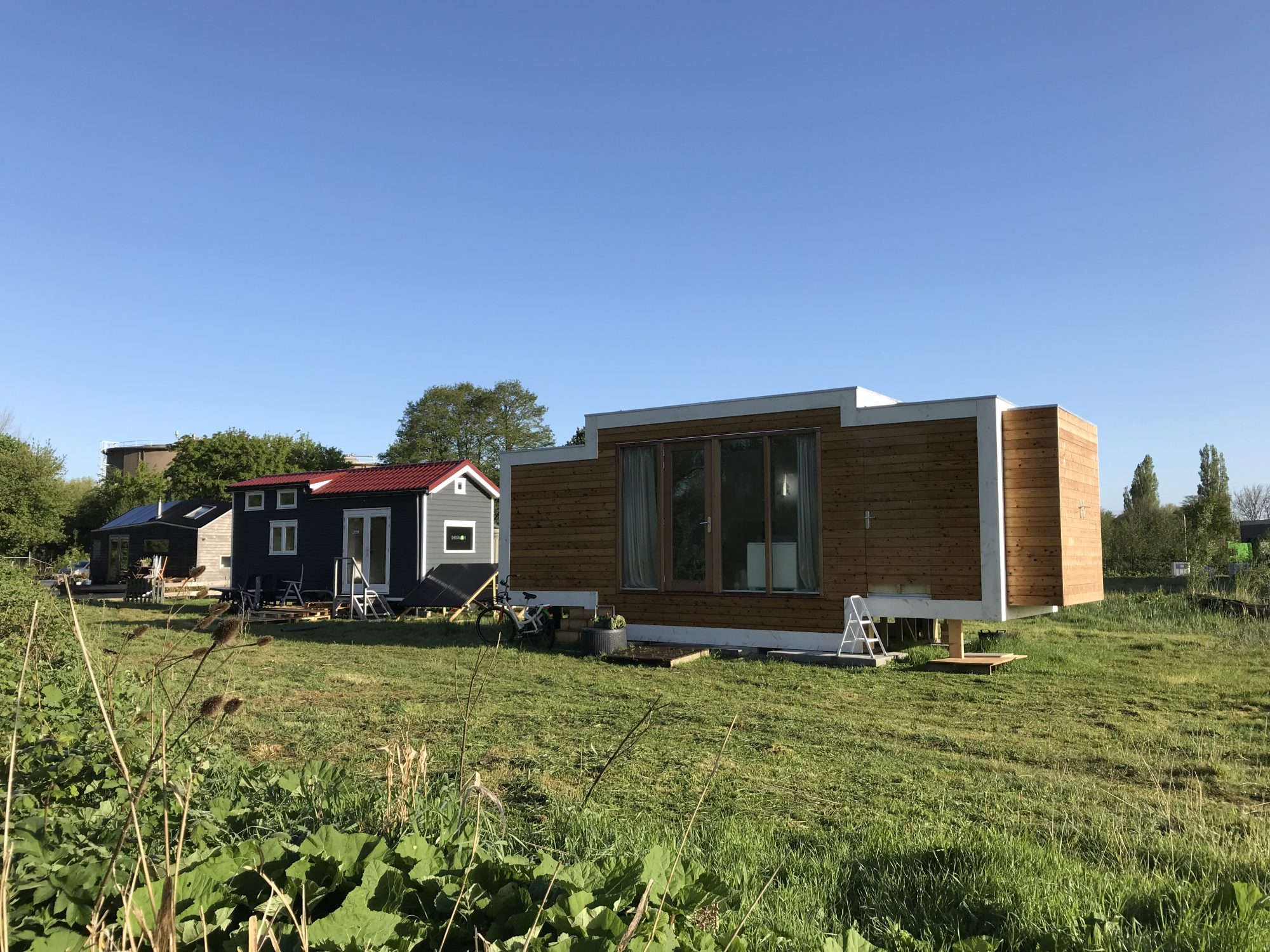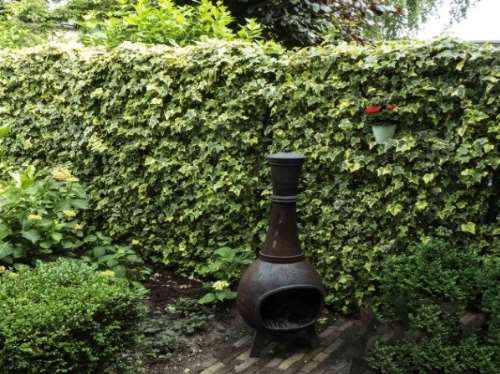One of the reasons people want to live in a Tiny House is to be part of a community. A neighbourhood in which you have a pleasant balance between privacy and sharing. In which you have your own independent Tiny House, but also easily make contact with your neighbours, share joys and sorrows, material things, and undertake activities together. That balance between privacy and sharing is important and I want to talk about that today. Because how do you give shape to this together, if you have different views on what these concepts mean exactly?
Not everyone thinks the same about the concepts of privacy and community. Even if you share the same values such as respect for nature and you value freedom and time over material possessions, you can still be very different. People who are attracted to living in a Tiny House are people who generally also like to be outside a lot. It is not so hard to imagine that you could get in each other’s way, for example if your views on what is and what is not noise pollution differ from each other. It is therefore important to discuss with each other, preferably in advance, what exactly everyone understands by the terms “privacy and community”. What is acceptable behaviour and what is not? How do you address each other if you are bothered by each other? What is and what is not shared? How much commitment is expected from each member of the community? What is privacy for each member of the group?
A tight-knit community you will find in Katwijk, at the project Tiny Houses Duinvallei.
Guarantee privacy
If you live in a neighbourhood where the houses are positioned closely together and you have agreed not to place fences to indicate the boundary of each plot, then it is good to think about how you guarantee that privacy. After all, you more or less look into each other’s gardens and then privacy is at stake. Every person needs a certain degree of privacy. A place where you can be without pretending to be different from what you are, where you can be yourself and alone and you don’t have to put a smile on your face all the time.
Proper positioning of the Tiny Houses
Think carefully about the layout of your neighbourhood and especially the positioning of the houses. If you have the option of placing the Tiny Houses in such a way that you don’t look directly into the neighbour’s garden, or at least not the part where they spend the most time, I would certainly do so. Having a piece of communal garden is nice and promotes contact with each other. But it is also important that every house has a piece of garden where the residents can withdraw in privacy. Here in Alkmaar we live on a long strip of land by the water, so all houses face the water. And the solar panels face south, which is usually the side where you position your terrace to enjoy the sun to the maximum. The result is that we look into our neighbours’ gardens.

The early days of the pilot project Tiny House Alkmaar, 2018
No to fences, yes to privacy
The choice not to install fences, as we decided together in our Tiny House community where I live in Alkmaar, stems from the need for an open layout in our neighbourhood. We wanted to be able to make contact with each other easily and we wanted a green, open landscape design for the residential project. I still support that decision; the thought of fenced-off gardens around Tiny Houses fills me with horror. It just doesn’t fit; you might as well live in a normal neighbourhood. But I realize after more than four years of living in a Tiny House that you also need to be able to do something to create privacy. How can you do that? I have a few suggestions.
Green boundaries
In addition to fences, there are of course more options for separating your yard and creating privacy. A beautiful green hedge is one of them. It enhances the appearance of a green neighbourhood and offers a home to all kinds of animals such as birds and insects. The only downside is that you have to prune a hedge and it takes quite a while before it has grown enough to provide privacy. If you have a permanent living location and/or have a lot of patience, you can buy young plants and plant your hedge. If you don’t have that much patience and need immediate privacy, you can also buy ready-made hedges. It is an investment, but you have immediate results. This way you have a beautiful beech hedge in no time.
Another form of a green boundary is working with small trees, tall plants and evergreen climbing plants. Plants that grow tall and bushy quickly and therefore quickly create privacy are, for example, bamboos or butterfly bushes. With climbing plants, it is important that they stay green so that they also provide privacy in the autumn and winter. Ivy grows quickly but can also take over your garden. Honeysuckle has the advantage of producing fragrant flowers for which insects will also be grateful. The Clematis armandii is also often used for green boundaries. Keep in mind that clematis does not tolerate wind very well.
Furnish your patio
When choosing the spot for your terrace, you may already be able to take into account the ‘viewing angle’ of the neighbour’s yard. You can discuss with each other in which corner of your garden you would like to sit and thus take each other into account. I wouldn’t make your patio too high either, because it would make it easier to see over the neighbours’ boundaries. Sunshades, shade cloths and large umbrellas can also provide some privacy in the summer.
You can create a little more privacy on your terrace by placing planters with a trellis and letting climbers grow against it. Or a combination of climbers and other plants. For example, this spring I sowed a planter with sweet peas and four ‘o clock flowers (Mirabilis), which turned out to be an exuberant flower feast and provided a lot of privacy.
Sheds and greenhouses
If you have the option of placing a shed or greenhouse on your own piece of land, then that is of course also a good opportunity to create privacy. I have placed my tunnel greenhouse exactly on the line of sight between my terrace and the garden of the neighbours and I enjoy it twice as much. I love my greenhouse and the harvest I get from it, and I no longer look directly at my neighbours in their garden when I sit on my terrace. It’s a win-win!

Everything stands and falls, of course, with good communication with your neighbours and taking each other into account. Freedom and happiness is nice, but you don’t live in solitude in a cabin in the woods. If you can make something fun out of it together, then living in a community can be enormously valuable. So, make it fun, don’t make assumptions, but talk to each other and be willing to compromise. That is also an important balance; give and take. Good luck!






Leave a Reply